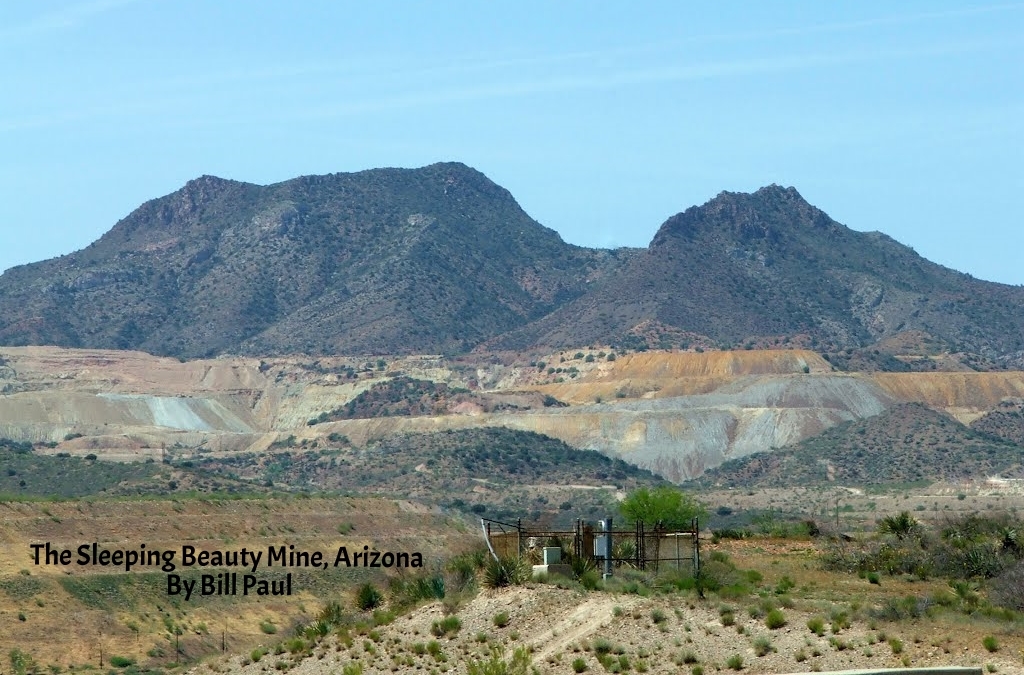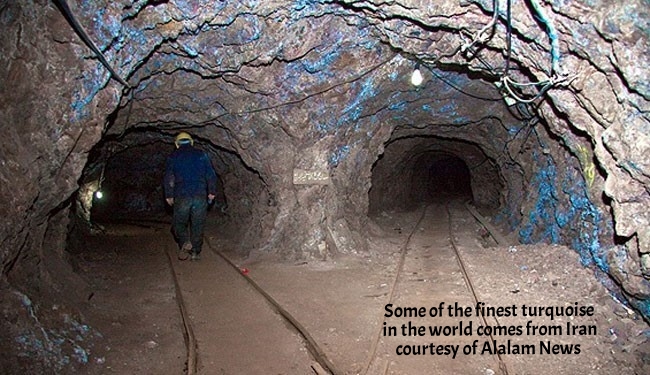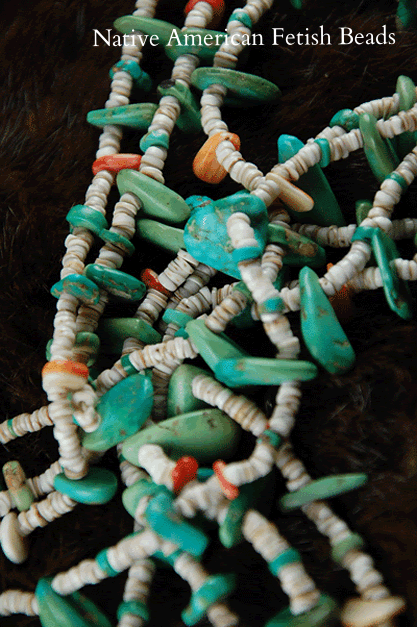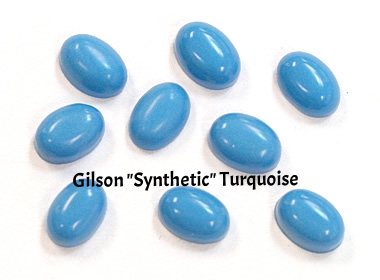Turquoise: The Desert Beauty
/A turquoise and gold ring which once belonged to Jane Austen Sold by Sothebys
The most traditional birthstone for the month of December is Turquoise and the zodiacal stone for Sagittarius. Opaque, varied blue colors that has been used for centuries in jewelry and in decorative ornaments.
If cold December gave you birth,
The month of snow and ice and mirth,
Place on your hand a turquoise blue;
Success will bless whate'er you do.
Turquoise is found in various locations around world that all share the same characteristics: dry, arid, barren and possessing acidic, copper-rich ground water. This ground water creeps downward it reacts with other minerals. The product of this process is the compound of hydrated copper and aluminium phosphate known as turquoise.
The deposits of turquoise usually form in iron-rich limonite or sandstone. The remnants of these host minerals (called the matrix) are what leave the veins or splotches on the turquoise. (Limonite creates the darks brown markings and the sandstone creates tan markings)
The texture of turquoise is a result of both its structure and composition. If you look at turquoise under a microscope you may see that it is actually an aggregate of microscopic crystals that form a solid mass. The closer the crystals are packed, the finer the texture and the less porous the material. Fine textured turquoise has a shiny waxy luster when it is polished, while less dense turquoise results in a duller luster.
Turquoise from Bisbee Arizona
The porosity also affects the stones' durability with the less porous turquoise possessing less toughness. Because of the decreased visual appeal and the lesser amount of durability more porous turquoise is often treated to make it smoother, shinier, and more marketable.
Most people will be familiar with vein like black matrix running through the vibrant blues or greens; however, the most expensive and prized turquoise has no matrix showing. The second most valuable is a thin web like matrix that is evenly distributed throughout the stone.This really is personal preference, and some turquoise lovers may find imperfections part of the charm.
Turquoise is very soft, ranking a 5-6 on the Mohs hardness scale. This makes the stone ideal for carving and artists throughout history in Europe, Asia, the Middle East and the Americas have utilized it as a medium for both jewelry and art objects.
Turquoise has a long and varied history (that continues to this day) of being used as talismans, amulets, or religious artifacts as it has been attributed to have special power and meaning to various cultures. The ancient Egyptians, Meso-Americans, Native Americans and Tibetans have believed in the special powers of turquoise for centuries. Some believed that turquoise can protect its wearer from harm, others thought that it brought good luck or longevity, and some uses and meaning have been lost to history.
Egyptian middle Kingdom faiance hippo
The MET Museum
The high value placed on fine turquoise caused many imitations to be made. The first of which dates back to ancient Egypt: a glazed earthenware material called faience. Later glass, and enamel were used. In modern times plastic, porcelain, composites of minerals were used. In 1972 the closest “synthetic” turquoise was produced by Pierre Gilson. I put synthetic in quotes since it is actually called a simulant owing to its chemical composition differing from actual turquoise due to a bonding agent. The simulated turquoise is available in both fine and spiderwebbed varieties.
The most common natural stone imitators of turquoise that might be encountered are dyed howlite and magnesite. These stones are both white in their natural state and contain black veining.
All of these imitators are fairly easy to identify by a trained gemologist and many can be identified by the general consumer as well.





























